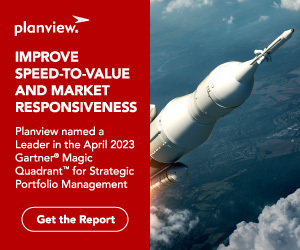Detailed project valuations are often requested by executives, the basis being they will feel more confident in their decision making process if the accuracy of the forecasts is increased They might believe that adding detail to their valuations can accomplish this; however, this is inevitably not the case (All the NPVs are wrong, can we talk about the portfolio now?). Excessive levels of detail often lead to poorer valuations because analysts spend less time on each input and are loathe to revisiting them when assumptions change.
Our most successful clients are the ones who keep things simple and manage to spend most of their time generating analysis and insights rather than inputting data. Almost all of them, however, begin with overly complicated models before scaling back to an optimal level of detail.

Silver lining: One good thing about a complex model is that you can use the benefit of hindsight to simplify it. The lithe new model compares favorably with the albatross it replaced.
In one instance a client ended up with a model that was so complex that very few people could explain the mechanics, and it required the constant assistance of the consulting firm who had built it. Entering data was very time consuming and explaining the outputs was even more so. One analyst took it upon himself to attempt to streamline the model by using only key valuation drivers and some rules of thumb. As a result, he was able to cut 80% of the model’s inputs. The results showed that the streamlined model generated the same numbers as before within + or -5%.
This analysis took only several weeks to complete and was compelling enough to convince management to go with the simplified model. An online version of the new streamlined model has since replaced the original spreadsheet and analysts now spend less time inputting data or explaining numbers and more time focusing on what really matters – generating more meaningful portfolio analysis.
We have seen other models where excessive detail is driven by too much granularity or unnecessary complexity in the calculations. Here are some examples:
- PTS and Milestone dates by country
- Revenue by month
- Tedious accounting line items in Cash Flow
- Complex terminal value calculation
- Multiple currency inputs
- Uncertainties around every input
Ultimately the goal of R&D portfolio management is not to precisely value each and every one of your projects to the second decimal point, but rather to pick the top-performing and poorest-performing projects relative to the others. In assessing each level of detail you want to add to your portfolio management softwarea, you must ask whether it improves your decision framework, and if so, by how much. What is the marginal utility of adding more detail, and does the benefit outweigh the cost?
For more information on improving project valuations, you can find case studies on R&D portfolio management applications of the Enrich Analytics Platform on our website, or contact us.




